MAGNEZIX® CS
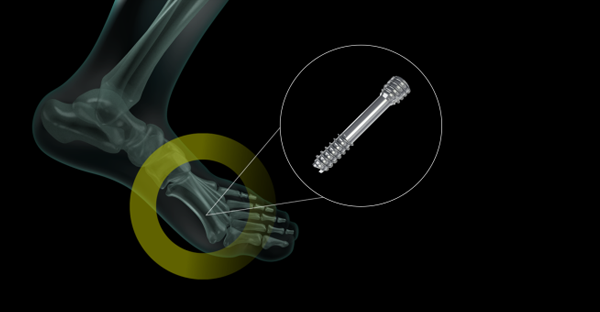
MAGNEZIX® CS implants are metallically stable, and similar to systems made of steel or titanium, and are several times stronger than conventional polymer implants. However, unlike metal screws and wires, they do not need to be removed - because they are resorbed, promote healing, and are completely replaced by the body's own tissue. These properties bring very clear advantages for doctors and patients.

Bioabsorbable magnesium alloy
The use of MAGNEZIX® implants makes any subsequent implant removal unnecessary, and moreover, it supports the osseous healing process. MAGNEZIX® is bioabsorbable and biocompatible.
Self-tapping screw tip
The self-tapping properties of the screw tip reduce the operation time and simplify the surgical application technique.
Cannulated screw (CS 2.7, CS 3.2; CSc 4.8)
The screw is cannulated (hollow) to allow controlled positioning of the screw using the guide wire. This feature supports minimal invasive surgery.
Self-tapping head thread
The self-tapping design of the screw head simplifies insertion and countersinking of the screw head.
Different thread pitches
The threads of the head and the shaft have different thread pitches. This adapted design of the screw generates compressive forces and supports the intended inter-fragmentary compression.
Surface design MAGNEZIX® CSc
The top layer of MAGNEZIX® CSc implants is converted into a dense, porous and strongly adherent magnesium-based oxide film. This surface finish acts as a protective layer and is fully bioabsorbable. A significant delay in the degradation process is achieved to maintain the desired integrity of the implant for a longer period where necessary and thus to facilitate an extended range of indications.
Various sizes
These implants are available in many different combinations of different diameters and different lengths.
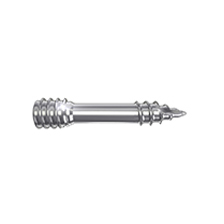
MAGNEZIX® CS 2.0
+The implant with the smallest diameter. The MAGNEZIX® CS 2.0 can be used as a bone screw for the fixation of small bones and bone fragments thanks to its small dimensions, for instance, for intra-articular and extra-articular fractures, arthrodeses, osteotomies, and pseudoarthroses, as well as for bony torn ligaments and tendons.
Diameter
2 mm
Head diameter
2.5 mm
Lengths
08 mm | 10 mm | 12 mm |
14 mm | 16 mm | 18 mm |
20 mm | 22 mm | 24 mm
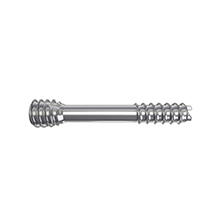
MAGNEZIX® CS 2.7
+The indications for the hollow MAGNEZIX® CS 2.7 are reconstructive procedures on children, young people and adults after fractures, malpositions and/or other pathological bone alterations of the skeleton: fixation of fractures (broken bones), correcting malpositions, correcting faulty joint development, or joint stiffening.
Diameter
2.7 mm
Head diameter
3.6 mm
Guide wire
1.0 mm
Lengths
10 mm | 12 mm | 14 mm |
16 mm | 18 mm | 20 mm |
22 mm | 24 mm | 26 mm |
28 mm | 30 mm | 32 mm |
34 mm
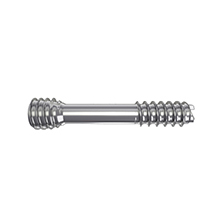
MAGNEZIX® CS 3.2
+The MAGNEZIX® CS 3.2 can be used in children, young people and adults as a temporary load-bearing device for bone fixation. Areas of application are: fractures (intra-articular and extra-articular), arthrodeses, osteotomies and pseudoarthroses, bony torn ligaments and tendons, Processus styloideus radii et ulnae, Capitulum and Caput radii, Hallux valgus corrections.
Diameter
3.2 mm
Head diameter
4.0 mm
Guide wire
1.2 mm
Lengths
10 mm | 12 mm | 14 mm |
16 mm | 18 mm | 20 mm |
22 mm | 24 mm | 26 mm |
28 mm | 30 mm | 32 mm |
34 mm | 36 mm | 38 mm |
40 mm
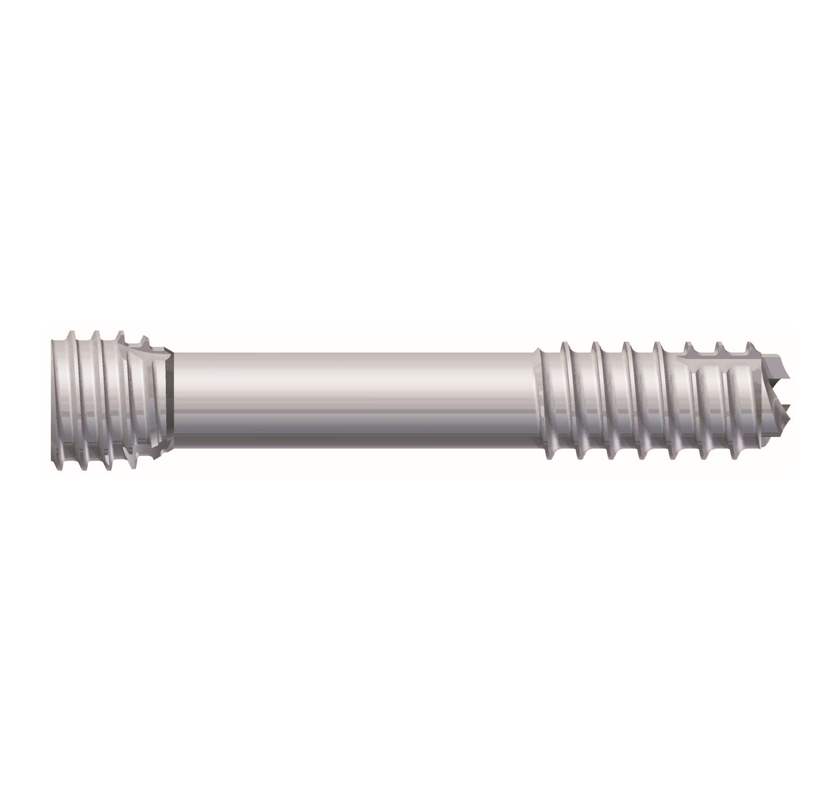
MAGNEZIX® CSc 4.8
+
The largest MAGNEZIX® implant. The MAGNEZIX® CSc 4.8 is used for reconstruction procedures after fractures and malalignments in the human skeleton. The CSc 4.8 can be used for the following areas of application: fractures (intra-, extra-articular), arthrodeses, osteotomies and pseudarthroses; among others proximal humerus, distal femur, proximal and distal tibia, calcaneus, talus and metatarsus.
Diameter
4.8 mm
Head diameter
5.7 mm
Guide wire
1.7 mm
Lengths
14 mm | 16 mm | 18 mm |
20 mm | 22 mm | 24 mm |
26 mm | 28 mm | 30 mm |
32 mm | 34 mm | 36 mm |
38 mm | 40 mm | 42 mm |
44 mm | 46 mm | 48 mm |
50 mm | 55 mm | 60 mm |
65 mm | 70 mm
